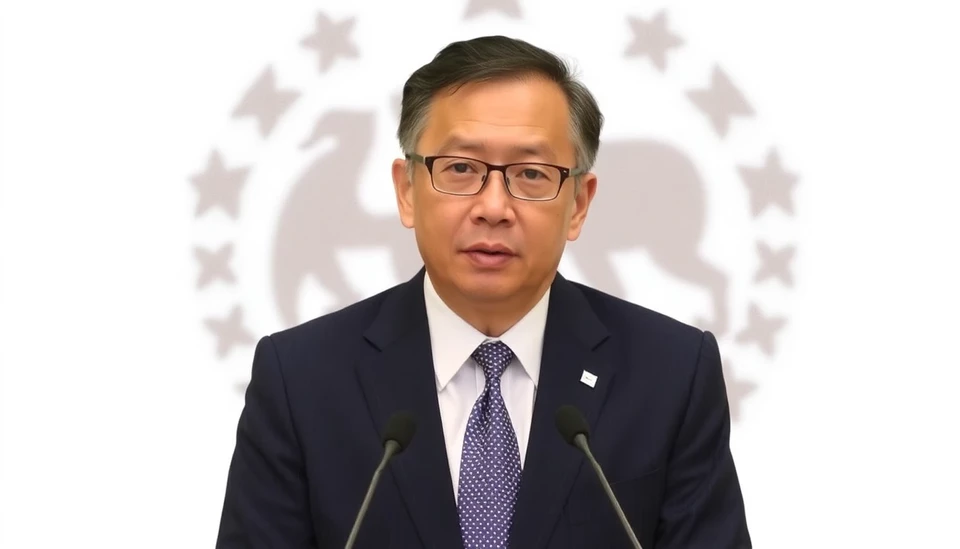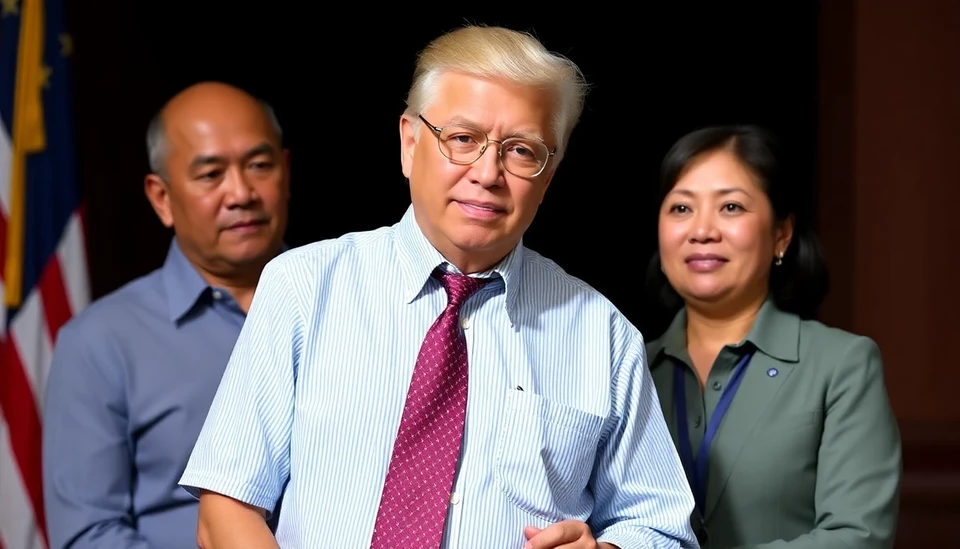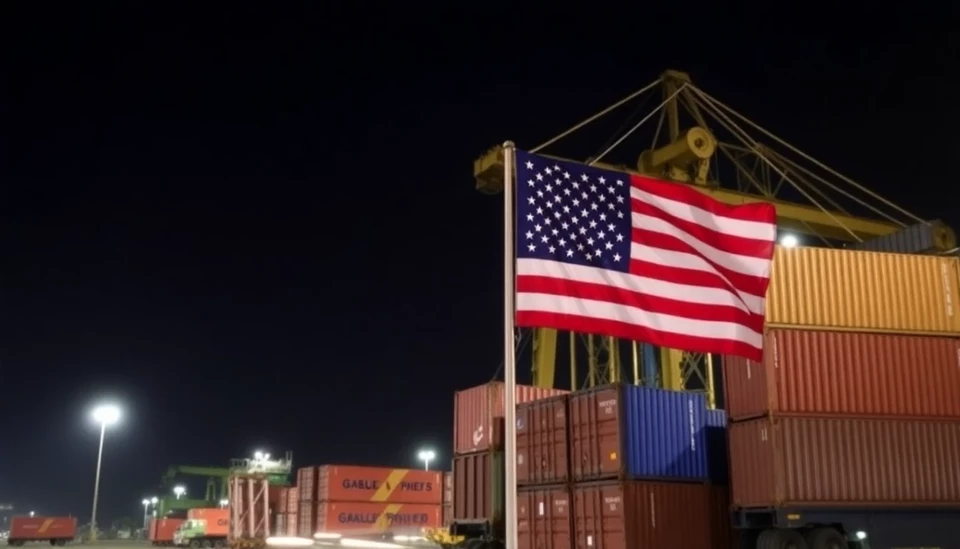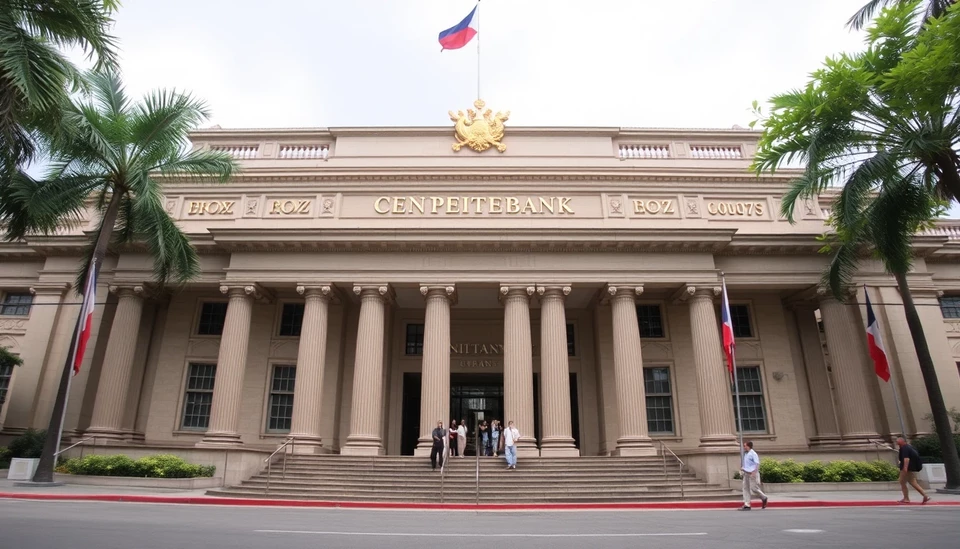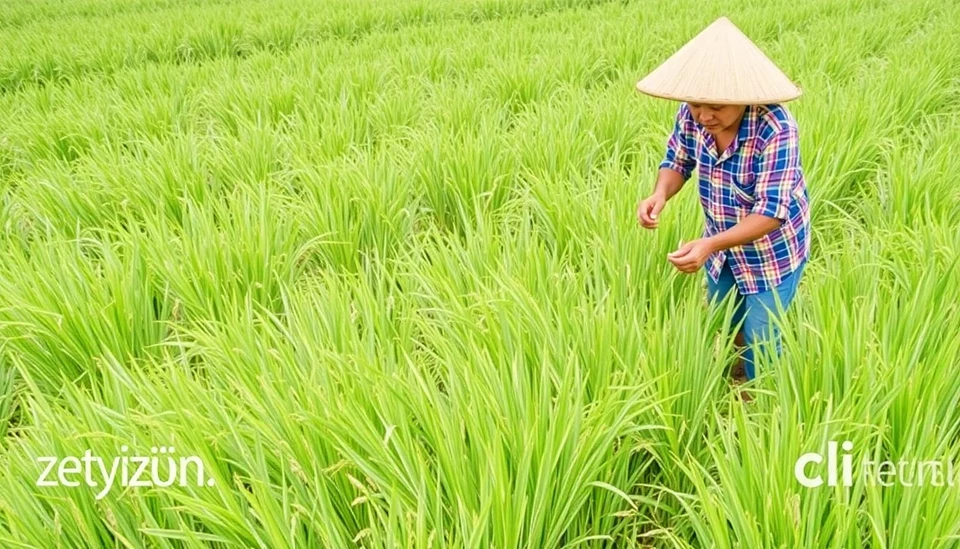
The Philippine government is gearing up to implement additional strategies aimed at averting a potential increase in rice prices amid ongoing concerns about food security. Officials are closely monitoring rice supply chains and assessing various interventions to maintain price stability for one of the country’s staple food items. This comes in light of recent inflationary pressures that have been adversely affecting consumers.
In response to the ongoing challenges in the agricultural sector, the government plans to enhance its monitoring systems, allowing for quicker responses to fluctuations in rice supply and demand. The Department of Agriculture has indicated that it will collaborate with local farmers and distributors to ensure that stock levels remain adequate, thereby preventing any undue inflation caused by shortages.
Furthermore, the administration is considering the possibility of tariff adjustments on rice imports. Such measures could potentially lower costs for consumers while encouraging competitive pricing in the local market. The Philippine government has historically implemented price ceilings to stave off inflation, and they are contemplating similar moves as a safeguard against projected price hikes.
Experts have warned that global supply chain disruptions, exacerbated by climatic factors, could further strain local rice availability. To counter this, the government will explore diversifying sources of rice imports, particularly targeting countries that can provide consistent quality and quantity of supply without significant geopolitical issues.
Additionally, officials are emphasizing the importance of fostering local production of rice. They are channeling resources into programs that support farmers, offering them access to better agricultural technology and practices. This initiative aims not only to boost local rice production but also to empower rural communities economically. By enhancing self-sufficiency, the Philippines hopes to reduce its dependency on foreign imports in the long run.
As the government paves the way for these initiatives, public confidence remains a critical factor. Consumer perceptions of rice pricing directly influence spending behavior, and maintaining stable prices is essential for overall economic health. The administration is optimistic that with these forthcoming measures, the Philippines can effectively avert a rice price crisis.
In summation, the Philippine government is poised to take significant steps towards ensuring that rice prices do not experience an unwanted surge. Through a multifaceted approach that includes enhanced monitoring, potential tariff adjustments, diversifying import sources, and boosting local production, the administration aims to stabilize one of the nation's most critical food supplies.
As this situation develops, stakeholders in the agriculture and trade sectors will be watching closely to assess the impact of these newly proposed measures.
#Philippines #RicePrices #FoodSecurity #Agriculture #EconomicStability #InflationControl #LocalProduction #ImportStrategy
Author: Rachel Greene
